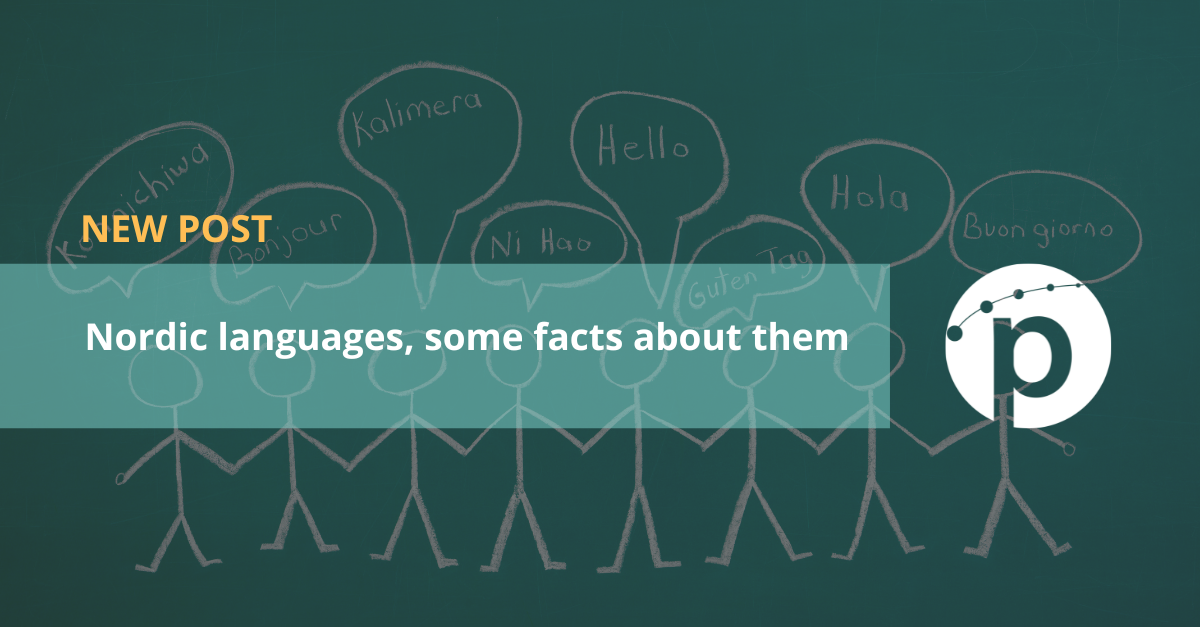
The North Germanic languages are sometimes called the Nordic languages and comprise of Swedish, Norwegian, and Danish ( Finnish is not one of them!). These languages are not under the umbrella of the Scandinavian languages as this refers to the region of Denmark, Sweden and Norway. When we refer to the Nordic nations we are referring to the mentioned countries along with Iceland, the Faroe Islands and Finland. There are currently slightly over 20 million speakers of the North Germanic languages and they can be divided up as follows: - 9 million Swedish speakers - 6 million Danish speakers - 5 million speakers of Norwegian - 320 000 speakers of Icelandic - 90 000 speakers of Faroese Many features are shared with the West Germanic language group however the Scandinavian languages are a subgroup of the North Germanic languages and as we mentioned before, Finnish is not a North Germanic language. ![]()
The Scandinavian languages are probably the most well-known of the North Germanic languages, and they are also the most mutually intelligible. However, it tends to be a bit one-sided. For example, Norwegian speakers are the best at understanding Swedish and Danish, while Swedish people have more issues understanding Danish.
This could be since Danish and Norwegian are more closely related than Swedish and the other Scandinavian languages. Even with these discrepancies, some linguists have proposed that there is really only one Scandinavian language, Scandinavian, and that Danish, Norwegian and Swedish function as dialects of that language. They are very similar and mostly mutually intelligible, but political borders prevent them from being viewed as dialects of the same language.
Though Icelandic and Swedish may be quite different, they (and all other North Germanic languages) share a common ancestor: Old Norse. Old Norse is the language that was spoken by the people who lived in what is now Scandinavia, and the other areas settled by them, from the 9th to the 13th centuries approximately. We can separate it into three main dialects: Old West Norse, Old East Norse, and Old Gutnish. There weren’t really any clear boundaries in terms of geography for the dialects, meaning that you could find characteristics of each one in different areas. It is thought that Old Norse started developing into the North Germanic languages sometime in the 14th century, though there are records of written Old Norse from the 15th century.
That’s enough of a history and geography lesson, let’s talk what we are all really interested in…… translating Nordic languages.
Translating Nordic languages can be an expensive exercise for two main reasons. 1, life for our friends in the north is on average about 25% more expensive than the average in the rest of Europe. An example; the Nordics have the most expensive food and alcohol prices in Europe! And 2, the pool of expert translators is also much smaller than the pool of German, French, Spanish and Italian for example. Translating Nordic languages (Icelandic in particular) could cost 50% more than a central European language translation.
So if you are going to invest in these higher than average languages, it would be a wise decision to select a translation company with a pedigree and vast experience in these languages. Having good references is very important also. Translation teams need to know and deeply understand the subtle difference in the languages to avoid errors and or offence. Get in touch with one of our team to discuss options if you are thinking about changing suppliers or maybe looking to open new markets for your company


